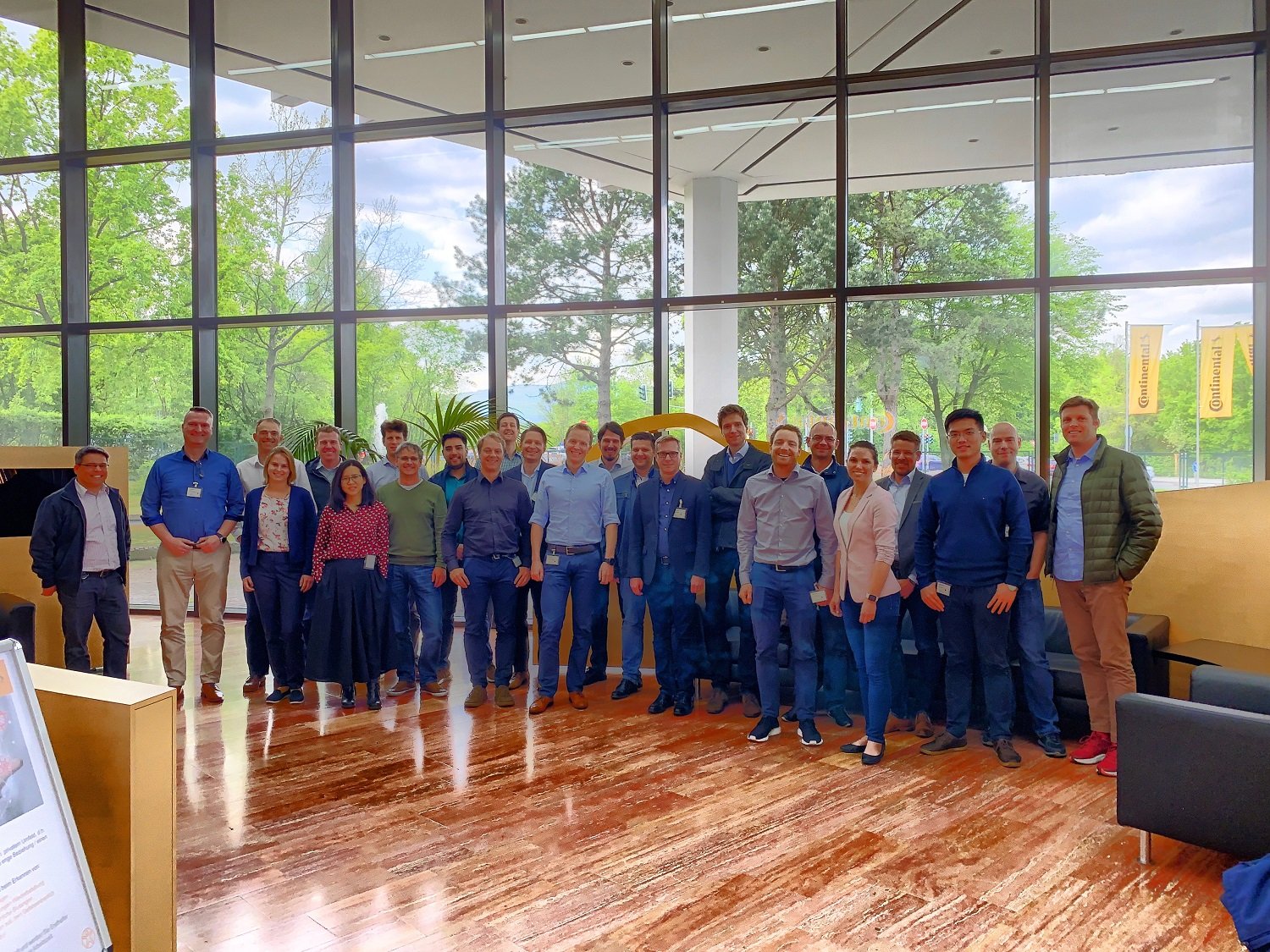How the automotive industry is putting safety first for automated driving

When your car is being driven by a computer using sensors and a map, you want to know its all been designed with safety in mind, right?
For automated vehicles (AVs) to become a common sight on our roads and widely accepted by the public, people need to know they’re safe — but how do you define what ‘safe’ really means?
To provide certainty, leaders across the automotive and automation technology sectors have come together to develop a definition of safety that will be recognized across the industry.
A coalition of eleven leading automotive companies — Aptiv, Audi, Baidu, BMW, Continental, Daimler, FCA US LLC, HERE, Infineon, Intel and Volkswagen — jointly published a whitepaper that, for the first time, set out all recognized safety methods for Level 3/4 self-driving vehicles.

Leaders from 11 companies came together to publish the largest report to date on how to build, test and operate a safe automated vehicle.
We asked Michael O’Brien, the HERE lead process engineer instrumental in the creation of the whitepaper, why this cross-industry approach was necessary.
Why does the industry need to define AV safety?
“Existing safety standards only cover ‘conditional automation’, that’s when a driver is still in charge. It’s for things like lane keep, but those standards don’t cover automated driving. So, we have gaps.
“Maps haven’t previously been used for decision-making, but they will for full automation. As this hasn’t been done before, there are no standards or guidelines. That’s why we’ve come together to agree a set of standards, on which we can build.
“Lots of companies come out with their own reports on what makes automation safe, but we need industry-wide ideas. We’ve come together to agree on basic standards. We’re all very serious about automated driving, it’s the future. That’s why we wanted to provide strategic technical ambitions, but not be prescriptive on how that translates into systems. We needed to show how we have been thinking technically to ensure safety.”
The whitepaper emphasizes safety by design. That means setting objectives to build safety into vehicle creation from the beginning of the process, right?
“When AV development processes are started, we want to mitigate safety concerns before we get too far down the design route.
“AVs should be at least twice as safe as cars driven by humans. By outlining the safety levels needed from the very start sets us on the way to accomplish that ambition, as it helps us know what various systems need to achieve.”
You have established twelve guiding principles to direct the development of safe automated vehicles. Why was that necessary?
“We needed a paradigm shift. This is the start of a process to help us create the standards we need. Now, we’re going to have the collective, cohesive, industry-wide conversation needed to make everything as safe as it can possibly be.”

The guiding principles cover things like behavior in traffic, security, maintaining safe operation if components don’t work properly and overall operating conditions.
So, what happens next?
“We’re already looking at a Version 2. The published whitepaper is filled with concepts we needed to promote. The goal is to move towards a standardization process, and that’s what Version 2 will be about – it will be the start of the process to create standards against which we can be held to account.”
What will these standards eventually look like?
“We have standards in human driving, but they’re not sufficient for automation. Our goal is to establish gold standards.
“We need to know that we can create vehicles in which people are happy and safe to ride, we need to operate well within our industry, we need to surpass varied regulatory approaches across different territories and we need to establish where liabilities lie when the driving is carried out by a computer.”
To find out more about the 12 guiding principles and how concepts around AV standards can translate into capabilities from which safe-by-design elements can be derived, read the whitepaper.
Sign up for our newsletter
Why sign up:
- Latest offers and discounts
- Tailored content delivered weekly
- Exclusive events
- One click to unsubscribe


